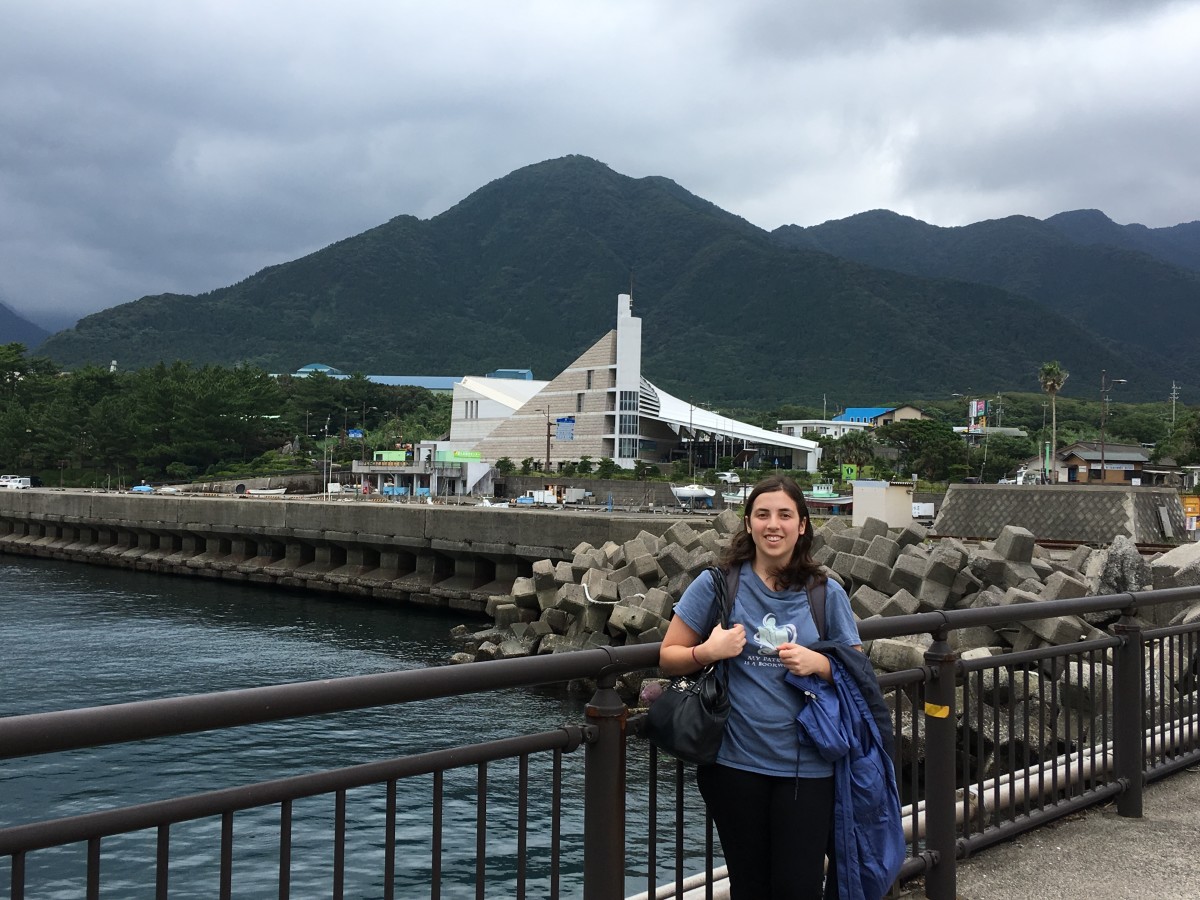- HubPages»
- Travel and Places»
- Visiting Asia»
- Eastern Asia
How To Eat Out At a Restaurant in Japan
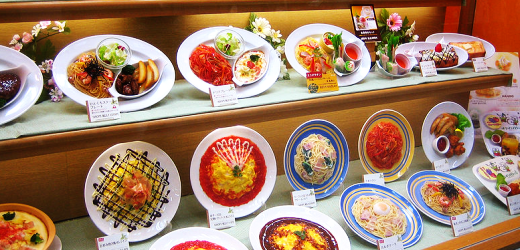
At some point during your stay in Japan, whether just visiting or settling down semi-permanently, you may feel your stomach rumbling and decide to sample some of that amazing food you're always hearing about. In fact, it may be one of the main reasons you came to Japan. But there's a catch: you know very little Japanese (if any at all), you're nervous about making a cultural faux pas, or any combination of the two.
No fears, eating out in Japan is usually a simple affair...once you get the hang of it. There are only a few main differences a foreigner may encounter from their home country. Okay, maybe more than a few. Maybe a lot. (But most of them are negligible, I swear!)
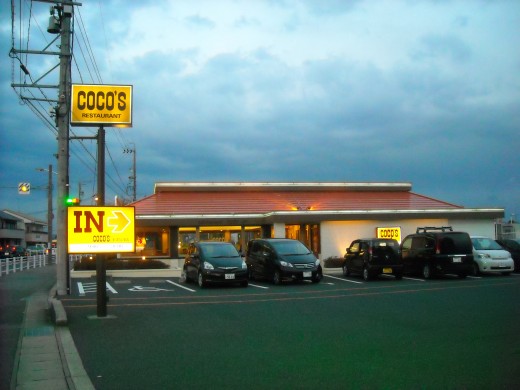
Types of Restaurants
There are three main types of restaurants you're likely to encounter in Japan, assuming you are not at a fast-food place (McDonald's, Mos Burger, etc.) or in an izakaya (a type of bar). They are:
Family Restaurants: Easily recognized by their similarity to their Western counterparts, family restaurants usually take up their own building located conveniently next to busy train stations and highways. They offer a wide variety of western-inspired and traditional Japanese food. Has almost the same feel as any common western restaurant. Big family restaurant chains in Japan include Denny's (don't be fooled, the menu is totally different), Gasuto, and Coco's.
Specialty Restaurants: These may be as large as family restaurants or as small as the Mom & Pop ones, but either way, they usually focus on either one type of cuisine or even one type of dish. Larger ramen, udon, soba, katsu, Italian, Chinese, etc. restaurants fall under this category. These and the ones below usually employ the "fake food" menu motif in front of their shops to entice visitors with what they offer. They may be either chains or independent.
Mom & Pop or Hole in the Wall Restaurants - These are the smallest and, argued by many, the best restaurants you can find. Usually in the bottom floor of a family's house, these tiny eateries only seat about a dozen people even during peak meal times. The staff is usually minimal and either family members or their close friends. They may be specialty shops (and have recipes handed down through generations) but most offer the "usual": yakisoba, omelets, fried rice, katsu sets, ramen, and the other "normal everyday" Japanese dishes for varying prices and sizes.
Depending on what kind of restaurant you go to, your experience may differ. For example, the larger restaurants offer more anonymity and are more likely to let you sit and read/play all afternoon, while the smaller restaurants are more personal but may urge you to leave as soon as you are finished with your meal to make room for other customers coming in. Methods of payment and service may also differ, as discussed below. But first...
Useful Phrases To Know
While every restaurant is not the same in Japan, there are many similar phrases and words used by staff that are handy to know as soon as possible...and words that you should use as well to make your experience nicer!
1. "Ohitori-sama desu ka?" / "Are you alone?" - Asked when you arrive and are seated by staff. "Hitori" means "one". "Futari" means "two". Anything above and it's the Japanese number followed by "nin", such as "San nin" for "three people". This may be helpful to convey if some party members are straggling outside or are in the bathroom.
2. "Kinen seki ka kitsuen seki dochira yoroshi desu ka?" / "Would you like non-smoking or smoking?" - This mostly only applies to bigger and family restaurants. Smoking is still the norm in most Japanese restaurants. Sometimes if you're lucky they may point to a smoking sign and you can nod or shake your head, but it's good to memorize "kinen" (for "non-smoking") and "kitsuen" (for smoking) anyway. Will help get the point across much faster and you'll be less likely to be put in the wrong section. Smaller restaurants...well, if you don't smoke (or are allergic like me!) you'll just have to hope nobody's smoking at the moment, because you usually don't get the choice.
3. "Isshou de yoroshi desu ka?" / "Would you like it together?" - Staff will ask this when you order. Just say yes. They may also ask this when they leave the bill after depositing your meal. Again, just say yes.
4, "Gochuumon wa okimari desu ka?" / "Have you decided what you want?" - Servers may ask this either just as you sit down, after a few minutes, or when summoned. How to order is covered below, but usually just includes pointing at pictures if available.
5. "Yukkuri-dozo." / "Take your time." - Magical words said when your food arrives! This means that, within reason (although everyone at some point seriously stretches it), you can stay as long as you want even if you don't order anything else. Very easy to get away with in large restaurants. You'll often see students with books opened all across tables and people camping out with a book for entire afternoons and sometimes overnight in 24 hour fast food places. Don't feel bad about it unless you're in a small place that may need the extra room. The only time, unless it's a 24 hour establishment, that they'll tell you to leave is at closing time.
6. "Betsu-betsu desu ka?" / "Would you like to split the bill?" - May be asked if you're in a group of friends, or if you want to pay this way, bring up "betsu-betsu" at the cashier. Basically, it lets your party split the bill any way they want (such as everyone paying for their own things) instead of one person paying in bulk. It's rare for a restaurant to refuse to split a bill as long as you ask.
7. "Ah, sumimasen." / "Ah, excuse me!" - Use this to hail a server (but be sure to be nice about it!) if there's no magical button at your fingertips. Usually just making eye contact with a server works as well.
8. "Sausu nashi onegaishimasu." / "No sauce please." - Of course things like burgers and fries will come with a wide assortment of sauces to choose from...don't want any? Instead of closing up and shaking your head and uttering "no", try this phrase. This is especially helpful once you realize the go-to sauce for everything in Japan is mayonnaise. (TIP: If you're like me, and this also works at fast-food restaurants, and you don't want ANYTHING on your sandwich/hot dog/burger, then say "pan to niku dake desu", or "Just the meat and the bun". You could try a combination of "sausu nashi" and "purain", but this gets the point across a lot more clearly. Just...don't be surprised if, especially at fast-food restaurants, you get some blank looks, lots of repeating, and even a call for the manager to help the cashier push in the right buttons. Still beats paying for food you can't eat!
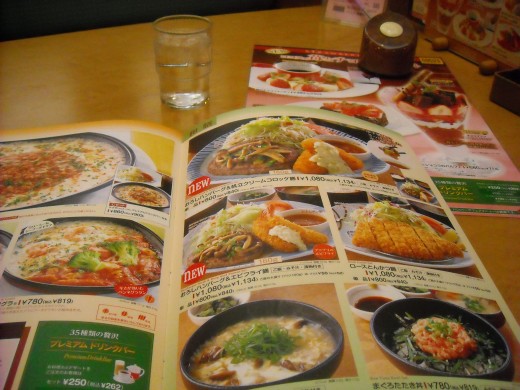
Arriving and Ordering
When you arrive through the doors you will immediately be greeted by at least one staff member - in smaller restaurants, you then just sit wherever you want. In almost all family restaurants and many larger specialty restaurants, a server will meet you (and ask one of those phrases above) and seat you accordingly. During non-peak hours they may just point at the gallery and tell you to sit anywhere. Basically, if they're not telling you to get out but also aren't leading you anywhere, just sit where you want.
At smaller restaurants, servers will quickly come up to take your order if you're ready. If not, feel free to take your time. Larger restaurants may have a "call button" that you press when you want to order something or have a concern. They make awesome "ping-pong!" sounds that are fun to listen to throughout your whole stay...and even more fun to hear a chorus of servers reply every single time!
Menus at large restaurants usually have pictures, and family restaurants usually have meal names translated into English (but not much else in ways of description.) However, visual menus are just that...visual. There's lots of symbols that tell you how hot something may be and what sauces come with it. Just pointing usually works, but of course if you can say it followed by "ni shimasu" or "onegaishimasu" the better. Smaller restaurants may give you a bit of a bigger problem, as menus are usually handwritten in Japanese with few pictures. Thankfully, outside you can usually see a fake food display (which probably enticed you in to begin with) and you can just say what you want from there. A classic "foreigner" moment is when the servers look at you, then each other, and then shuffle through all their papers in the back room until they find a dusty old English menu...from 10 years before. (The other great moment is when they automatically bring you a fork at places that usually don't have them offered.)
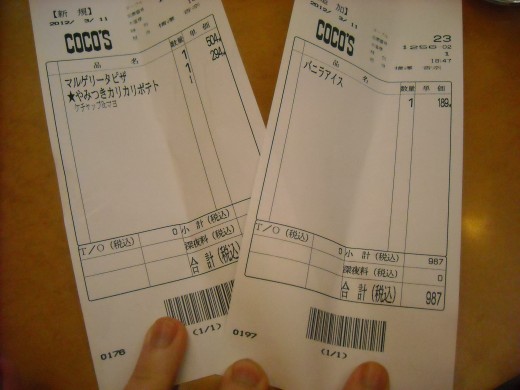
Eating and Paying
Once you receive your food (which may be brought in increments or all at once) feel free to dig in. Larger restaurants and family restaurants usually provide Western utensils in small open boxes. Smaller restaurants, unless specializing in Western food, usually rely on chopsticks provided in boxes (these may be washable or disposable). You can try asking for a fork, but it's always good to get the hang of chopsticks if you can.
Your bill is brought to you when your meal is, so you usually do not have to ask for one. However, if you order more food later on, you will be given an additional bill with the extra item(s) and the new total price. When it's time to pay, take these bills to the register and hand them both over with the most recent one on top. At this point they may ask you about point cards, and if you're interested, you can get one, but most of them have forms only in Japanese. Once you're all paid up you can leave. Note: tipping is not a thing in Japan. Consumption tax is, but not tipping. Don't even try it, you'll just have a server chasing you down the street to give it back to you. Instead, to express your appreciation (especially good to do at the small Mom & Pop places) say Gochisousama deshita which basically means "Thanks for the great food".
Enjoy!
That's all you could want to know and more about eating out in Japan! Go forth and enjoy some delicious food without worry! Oh, but if you do have further questions about things to say or do, feel free to ask somehow. I hope this hub has proven useful in some way.

